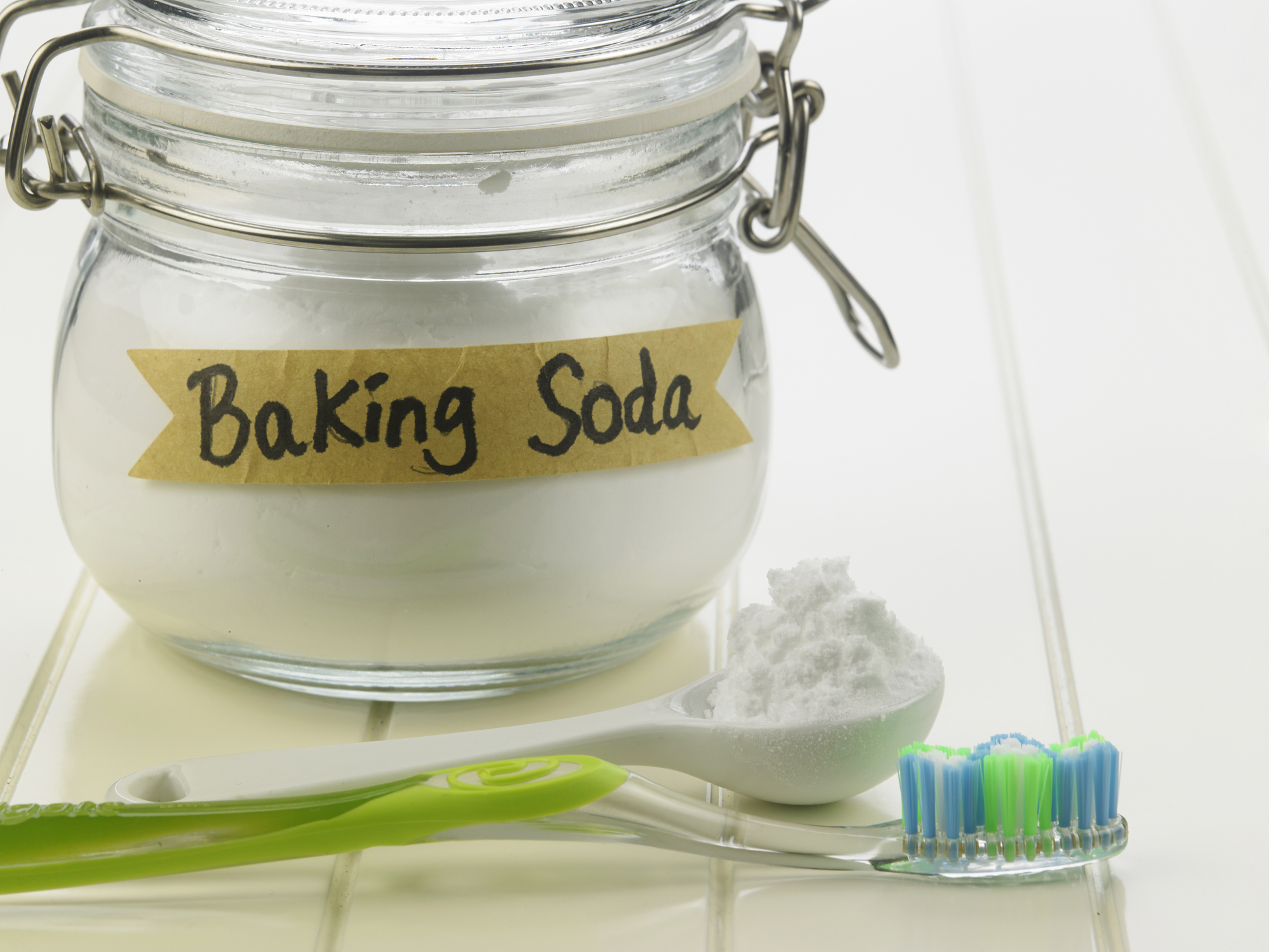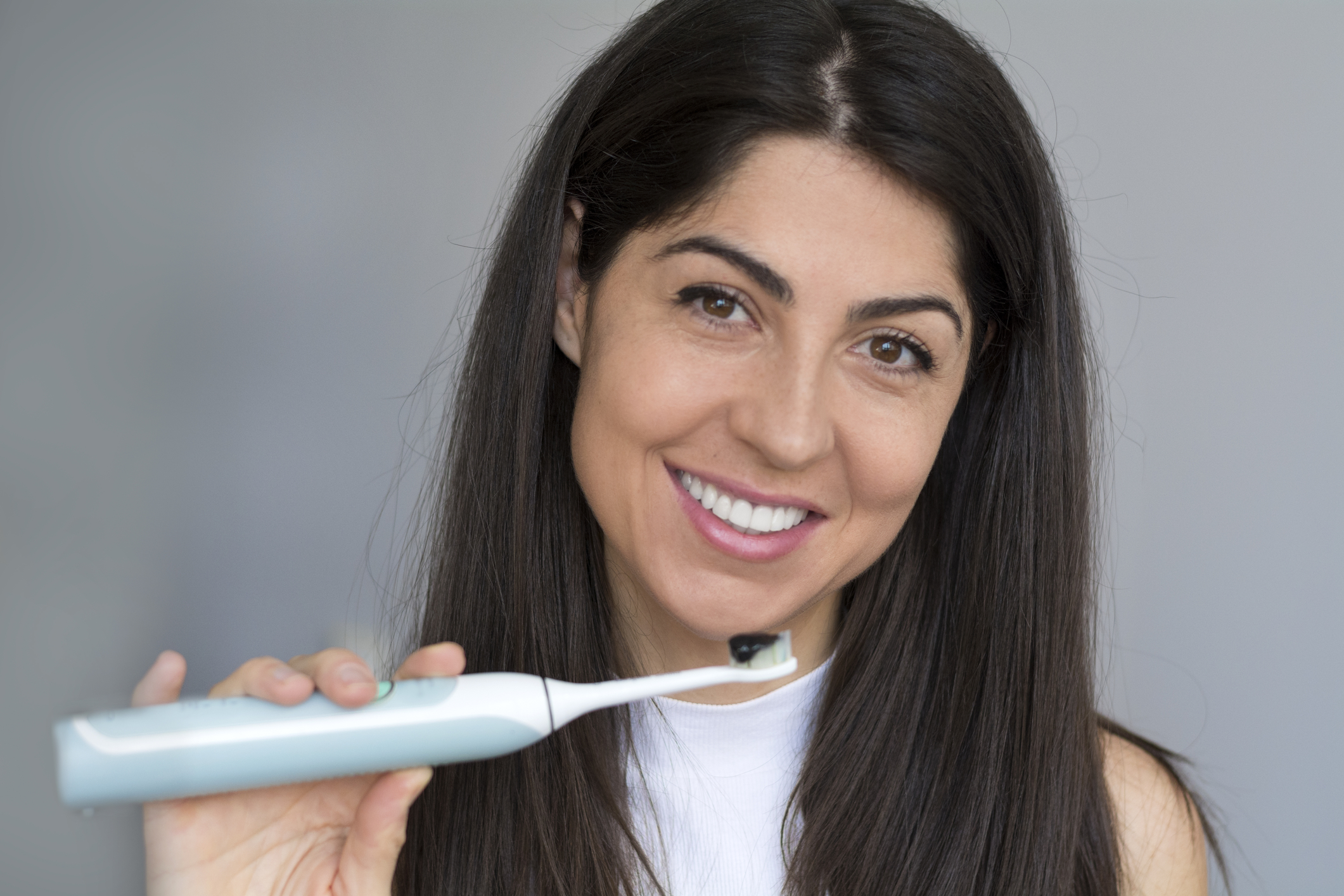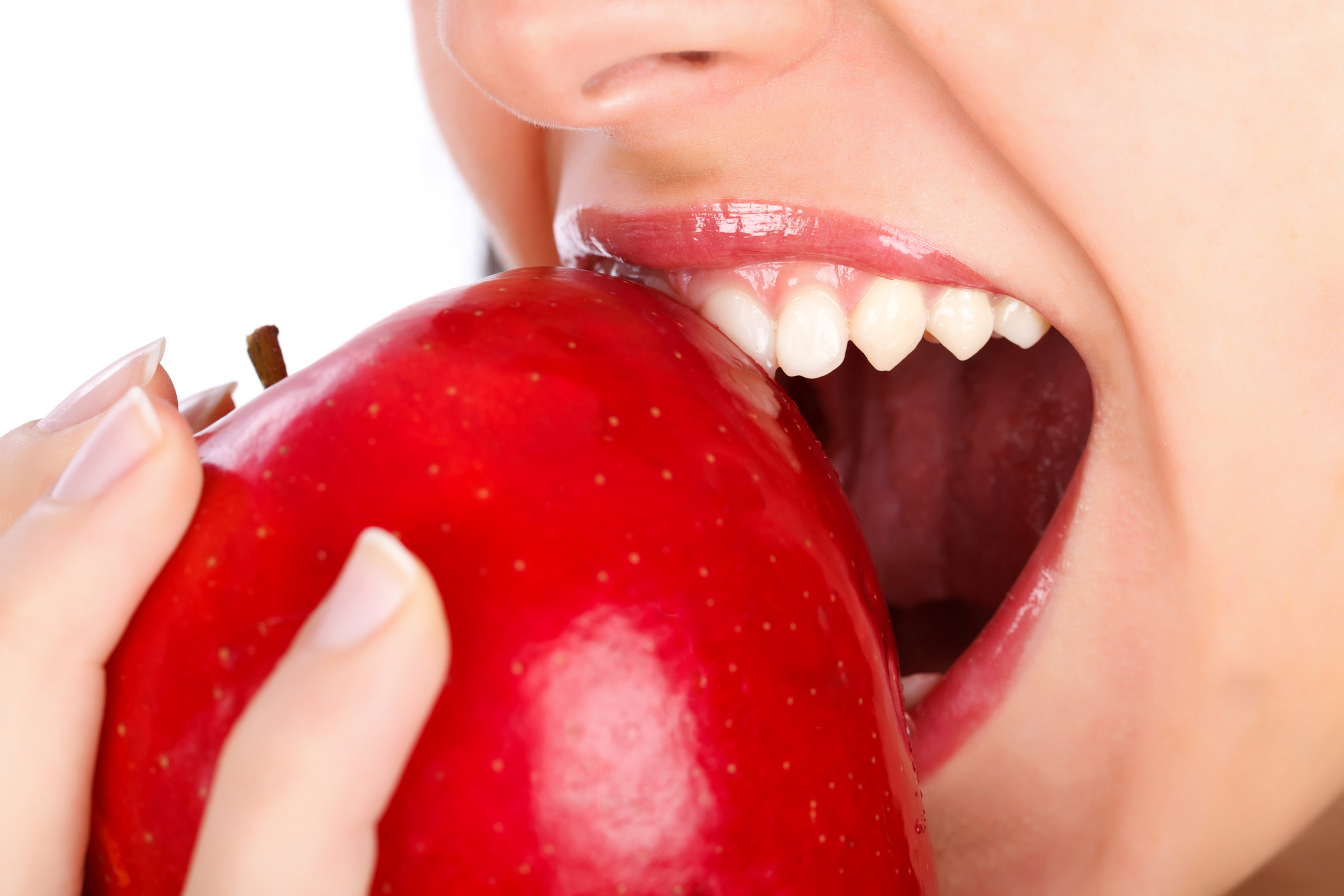8 Simple Ways to Whiten Teeth at Home
Teeth whitening is becoming a common practice as both young and old seek to achieve a celebrity smile and restore their beautiful appearance. There are several perks to whitening one's teeth; they include a boost in confidence, an improved smile, and an overall youthful appearance. Teeth whitening has also played a role in helping individuals land their dream job or business deals due to the increased self-esteem and confidence that accompany a great smile. Unfortunately, not everyone has the luxury or resources to visit a professional for teeth whitening. Such individuals can still enjoy the benefits of whiter teeth through simple teeth whitening procedures that can be carried out at home.
What Causes Tooth Discoloration?

Before getting into the details of do-it-yourself teeth whitening, it is essential to understand the causes of teeth discoloration. The surface layer of the teeth is known as the enamel. Beneath this surface is a pale brown substance known as the dentin; it can become visible when outer tooth enamel begins to wear down, which is a common occurrence as people age. For this reason, one’s teeth could help to appear discolored. Other causes include regular consumption of coffee, tea, and other caffeinated beverages, a poor diet made up of processed foods that are high in acid, excessive use of fluoride, and taking certain antibiotic medications.
Understanding the primary causes of teeth discoloration will help in maintaining white teeth after whitening procedures. Also, it goes a long way in protecting the mouth from other dental conditions such as gum disease and tooth decay.
Brush with Baking Soda

Baking soda is found in nearly every kitchen; it is also a popular choice in most commercial toothpaste today due to its natural whitening properties. Baking soda is also a mild abrasive, able to scrub away yellow and black stains on the surface of tooth enamel, while also having alkaline properties that aid in the prevention of bacteria. To whiten teeth using baking soda, mix with a tablespoon of water until a paste consistency forms, then use this paste to brush the teeth. This remedy can be used two or three times a week, after brushing with regular toothpaste. The user might not see results overnight, but one should notice a positive change in tooth discoloration when used over time.
Use Hydrogen Peroxide

Hydrogen peroxide acts as an antibacterial agent that rids the mouth of germs and bacteria and is used for both teeth whitening and cleaning. Mix half portions of hydrogen peroxide and water and swirl around the teeth and gums for a minute, then rinse thoroughly with plain water. Doing so a few times a week aids in both teeth whitening and the protection of gums. Hydrogen peroxide can also be mixed with baking soda and water and used to brush the teeth; this mix can eliminate both plaque and stains. For maximum effect, brush teeth with toothpaste as usual, then rub hydrogen peroxide and baking soda mixture on the surface of the teeth for thirty seconds, then rinse with water.
Apple Cider Vinegar

Apple cider vinegar has been used for centuries as a natural cleaning product and disinfectant. It contains an active ingredient called acetic acid, which kills bacteria and germs that are known to cause tooth decay and discoloration. The antibacterial properties of vinegar therein make it a suitable product for whitening one's teeth and cleaning the entire mouth. Research has shown that apple cider vinegar also has a bleaching effect on the teeth. That said, it is essential to note that acetic acid can erode the enamel when used continuously. For this reason, apple cider vinegar should not be used as a daily remedy. Dilute it with water and swish in the mouth for several minutes, followed by a thorough rinse to rid the mouth of any residual vinegar.
Coconut Oil Pulling

The technique of using coconut oil for teeth whitening is known as pulling. Coconut oil is made of fatty acids that are broken down into whitening enzymes when they come into contact with human saliva. The combination of the oil and saliva creates an oxygen molecule that bonds with yellow stains and plaque on the teeth and breaks them down. The process for whitening teeth using this method is simple; just swish a spoonful of coconut oil around in the mouth for approximately twenty minutes. Alternatively, add a few drops of coconut oil to a toothbrush and brush normally. On top of whitening the teeth, coconut oil also cleans and protects the gums to prevent gingivitis.
Make Strawberry Paste

Those who cannot stay away from their daily dose of coffee or tea will benefit from using strawberries for teeth whitening. Since strawberries contain malic acid, they are a useful remedy for teeth staining that is a result of continuous coffee, tea, and red wine consumption. Try mashing two or three strawberries in a bowl and add a teaspoon of baking soda, then rub the mixture onto the teeth for five minutes. Using a small toothbrush (like those used by kids) to rub in the mixtureis even more efficient, as the bristles can easily get between the teeth. Rinse the mouth with plain water and floss any berry seeds that may be stuck. Just like apple cider vinegar, this remedy should be used sparingly as the acidic compounds in strawberries can corrode tooth enamel when used in excess.
Use Activated Charcoal

Activated charcoal is quickly becoming one of the more famous home treatments for teeth whitening. The granules in charcoal are highly porous, making them highly capable of binding and absorbing bacteria and tiny bits before they stain or discolor the teeth. To whiten at home, mix one teaspoon of activated charcoal with water to make a paste and brush, paying close attention to stained parts of the enamel for maximum effect. Leave this paste on for two to three minutes, then rinse the mouth until all of the charcoal is gone. Using this treatment a few times a week is proven to whiten teeth and produce an overall brighter smile.
Use Lemon and Orange Peels

Rubbing a fresh orange or lemon peel on the teeth is a more natural way of whitening the teeth. Because lemons and oranges contain an acid with bleaching properties, theyeffectivelyrid teeth of yellow and brown stains. After rubbing the peels on the surface, sit for a few minutes and rinse with plain water. Add lemon juice to baking soda and brush for a more intense clean. However, keep in mind that these acids can corrode the enamel, and should not be used more than two or three times a week. Also, it is important to rinse the mouth after eating lemons or oranges as well, as the same acid can also corrode the teeth when left for an extended period of time.
Eat Fruits and Vegetables

Diet plays a critical role in achieving whiter, brighter teeth and maintaining them over a period of time. As aforementioned, certain types of food will stain the teeth, giving them an unpleasant, yellowish appearance. On the other hand, certain foods help in whitening the teeth and rid the mouth of bacteria that lead to staining. Fruits and vegetables such as apples, pineapples, pears, leafy greens, and foods like nuts, celery, sweet potatoes are all good for preventing stains that form as one ages. These foods contain nutrients such as calcium, magnesium, and potassium which strengthen the enamel and prevent it from wearing out to expose the dentin. Eating raw fruits and vegetable salads will also help to rid the mouth of bacteria in between the teeth and curb yellowing.